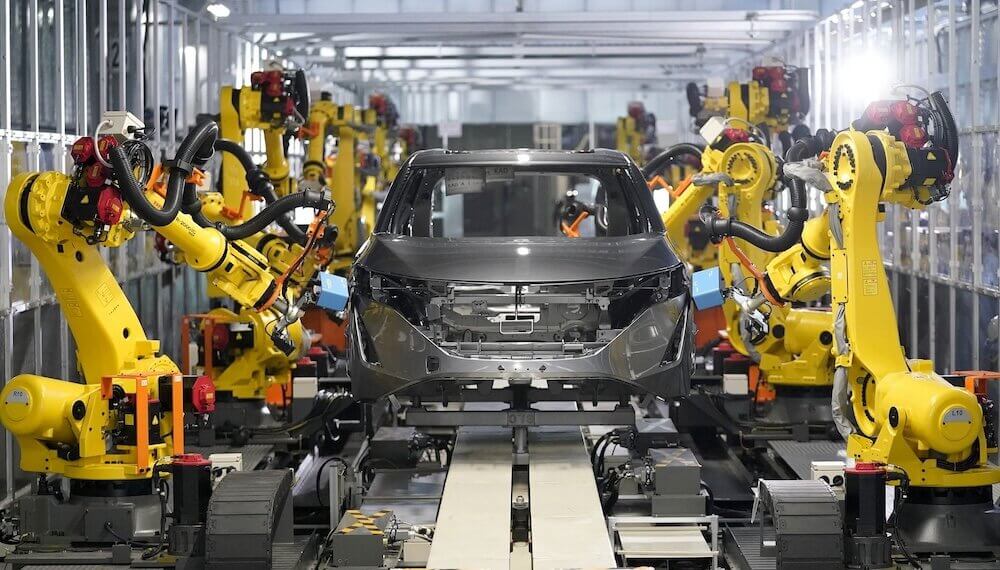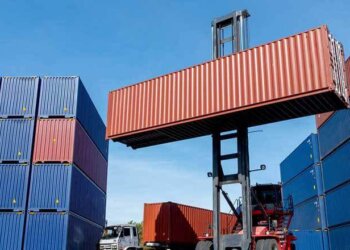At first glance, a new 2025 Ford Expedition rolling off the line at the Kentucky Truck Plant looks proudly American. But a closer look reveals the SUV is far from 100% U.S.-made—despite being assembled by American workers.
According to its window sticker, just 42% of the vehicle’s components are domestically sourced. The rest, including its twin-turbocharged 3.5-liter V6 engine, come from countries like Mexico, which supplies 22% of the parts.
This global sourcing reflects how deeply integrated the automotive supply chain has become. Even cars built in the U.S. by iconic American brands depend heavily on foreign-made parts and materials.
The Trump administration’s 25% tariffs on auto imports and parts prompted automakers to highlight U.S. investments and consider more local sourcing. However, experts say achieving 100% American-made vehicles isn’t realistic.
Martin French of Berylls Strategy Advisors explains that the U.S. lacks enough domestic capacity to produce key materials like aluminum, steel, and semiconductors at scale. Establishing local plants or mines for these materials would take years and cost billions.
There’s also the consumer side: vehicles made entirely in the U.S. would be significantly more expensive. That could reduce demand, forcing manufacturers to scale back production—hurting the economy rather than helping it.
Despite political pressure to localize manufacturing, automakers remain dependent on a global supply chain. The reality is that a fully American car, while symbolic, would be difficult to build—and harder to sell.










